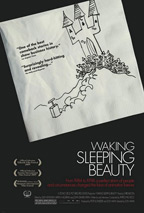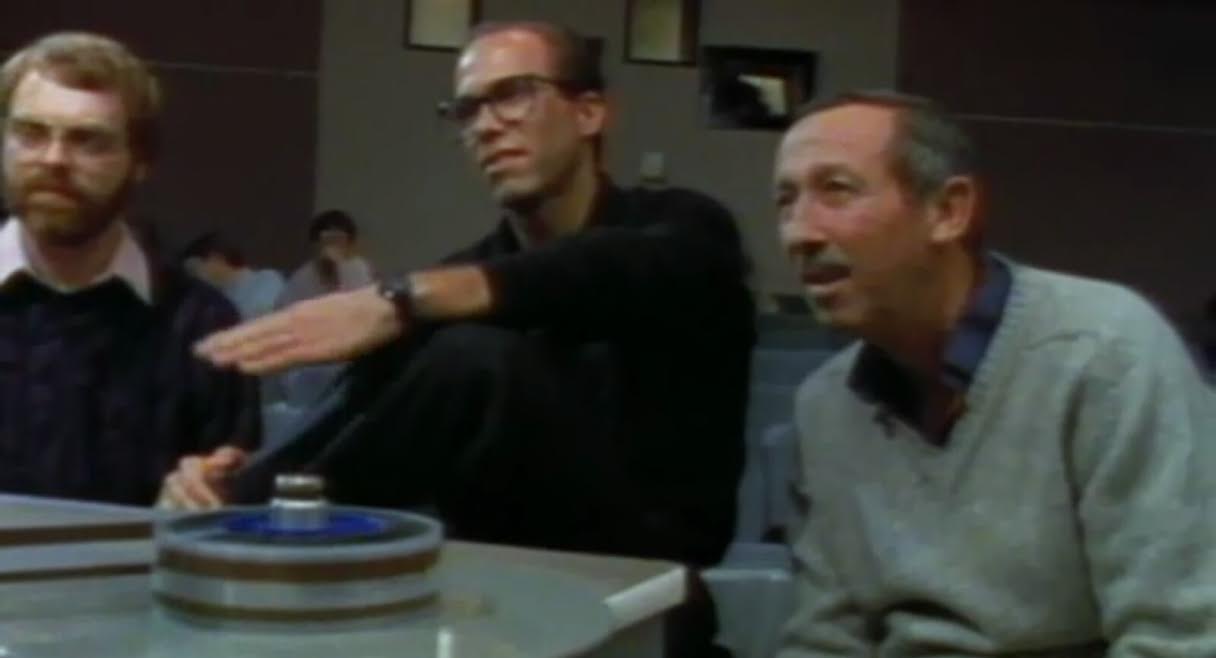This weekend I found myself with friends who wanted to see the new art house documentary Waking Sleeping Beauty. The film tells the story of the fall rise and—we’re not sure—of Disney‘s animation department during the 80’s and 90’s.

The film picks up just as Walt Disney‘s son-in-law is about to be shown the door after leading the company through a period of devastating and embarrassing flops at the box office. We get the emergence of the Michael Eisner era and Disney’s evolution from old-time animation (and animators) to the newer blood that dragged Disney, kicking and screaming, into the computer age.
The film’s essentially a series of home movie-like snippets edited together to give us, supposedly, an inside look at how this evolution progressed. We get to meet the people of the animation studio first-hand and get a sense of the unique stresses they had to endure as a result of all the culture jarring changes.
The biggest problem with the film is that, frankly, it’s told by Disney itself. Amazingly Disney doesn’t give us a complete white wash of the issues and, for seemingly the first time that I’ve ever seen, actually allows some unflattering light to fall on them. However, the results are predictably underwhelming.
The short film barely, if at all, touches on the biggest issues. Anyone who read the wonderful book, DisneyWar, will know this story inside-out and the first question they would have is, “What happened to Mike Ovitz?” Ovitz, best friend of Eisner’s, was brought in to be Disney’s President and when Eisner started to get nervous about his growth Ovitz was excised with a golden parachute that rocked the entire Disney board. The only hint we get about this entire debacle is that in one scene Disney head Frank Wells goes from the title COO to President. That’s it.
Even in the areas where Disney has the opportunity to openly shine the movie manages to miss the beat. The entire magic of the most successful scene in Beauty and the Beast—the ballroom scene—is given 3-second coverage here with nothing even mentioned about it. Pixar, and their impact, is reduced to bit player status.
There are memorable moments. Disney manages to tell the Howard Ashman story in an acceptable, albeit overly-professional, way. Not surprisingly the villian role is handed off squarely to Jeffrey Katzenberg. That’s understandable but frankly the biggest failure of the film is in honestly placing Eisner in this role. Eisner wasn’t a fan of animation from the start, thought about killing it off entirely, disliked many of the studio’s most successful efforts, made a long series of major investment errors and so on. Here he comes off as a guy who came in, saved the company, and then started to lose interest (as the film comes to a close).
There’s a better story to be told here by a truly impartial party. We get a sense of reality when an employee, during an onscreen interview says something to the effect, “Well, I’ll tell you this now but this isn’t what I’ll say once we’re on the record.” It also ends abruptly right at one of the most interesting periods of Disney history.
In the end the movie does hit some high notes. You’ll laugh a bit. You’ll cry a bit and, as usual, the magic that is Disney shines through to captivate you here and there. Just don’t expect to get the full unvarnished story.


